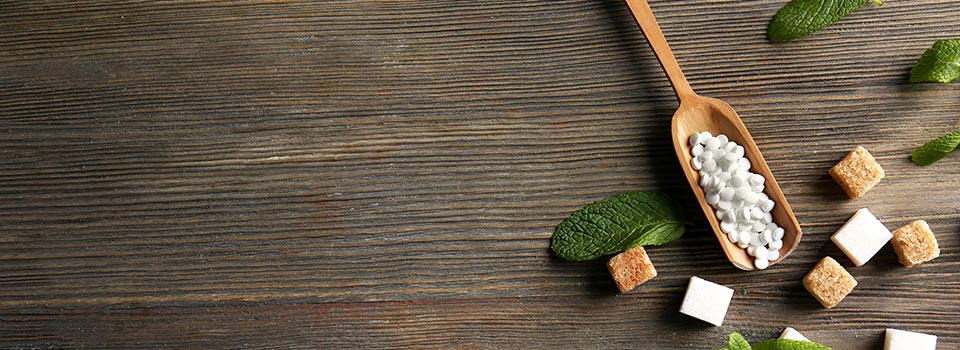
What is Stevia?
Stevia is a small shrub native to the region of South America where the borders of Paraguay, Argentina, and Brazil meet. The scientific name for stevia is Stevia rebaudiana Bertoni and it is a member of the largest family of plants, Asteraceae which is also called the “sunflower family”. There are 240 close relatives of stevia and they are all herbs or shrubs originating from the tropical and semi-tropical areas of North, Central and South America.
Home of the Stevia Plant
Stevia is a perennial plant, but can be grown as an annual or perennial depending on the growing region. Today, the plant is primarily grown commercially in South America and Asia for the sweet components in its leaves. Stevia typically is grown to 1 meter in height before the plant is harvested and its leaves are dried.
Discovery of the Sweetness
In 1901, the discovery of the stevia plant’s sweetness was attributed to an Italian-Swiss botanist, Dr. Moisés S. Bertoni. However, researchers believe the use of the stevia plant to sweeten medicines and foods by indigenous people dates prior to the 16th century. The sweetness of the stevia plant is due to the production of sweet compounds, also known as steviol glyocsides, in the plant’s leaves.
In 1931, French researchers, M. Bridel and R. Lavielle first identified the individual glycosides noting their sweetening power which is 50-450 times as sweet as sucrose. There are at least 60 known steviol glycosides in the stevia leaf with Stevioside and Rebaudioside A being the most prevalent.
Extraction of Stevia
The sweetness found in the stevia leaves is released by steeping its dried leaves in water, filtering and separating the liquid from the leaves and stems, and further purifying the plant extract with either water or food grade alcohol. The result is a naturally sourced, high intensity sweetener which does not impact blood glucose levels.
For decades, high purity stevia extracts have been approved for use in foods and beverages in Japan. Over the last 10-15 years, positive safety opinions from global food safety authorities, including the World Health Organization/Joint Expert Committee on Food Additives, the European Food Safety Authority, and the U.S. Food and Drug Administration, have opened the market for this new and exciting sweetener.

